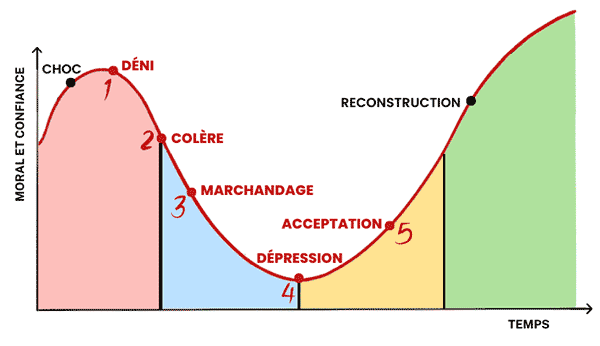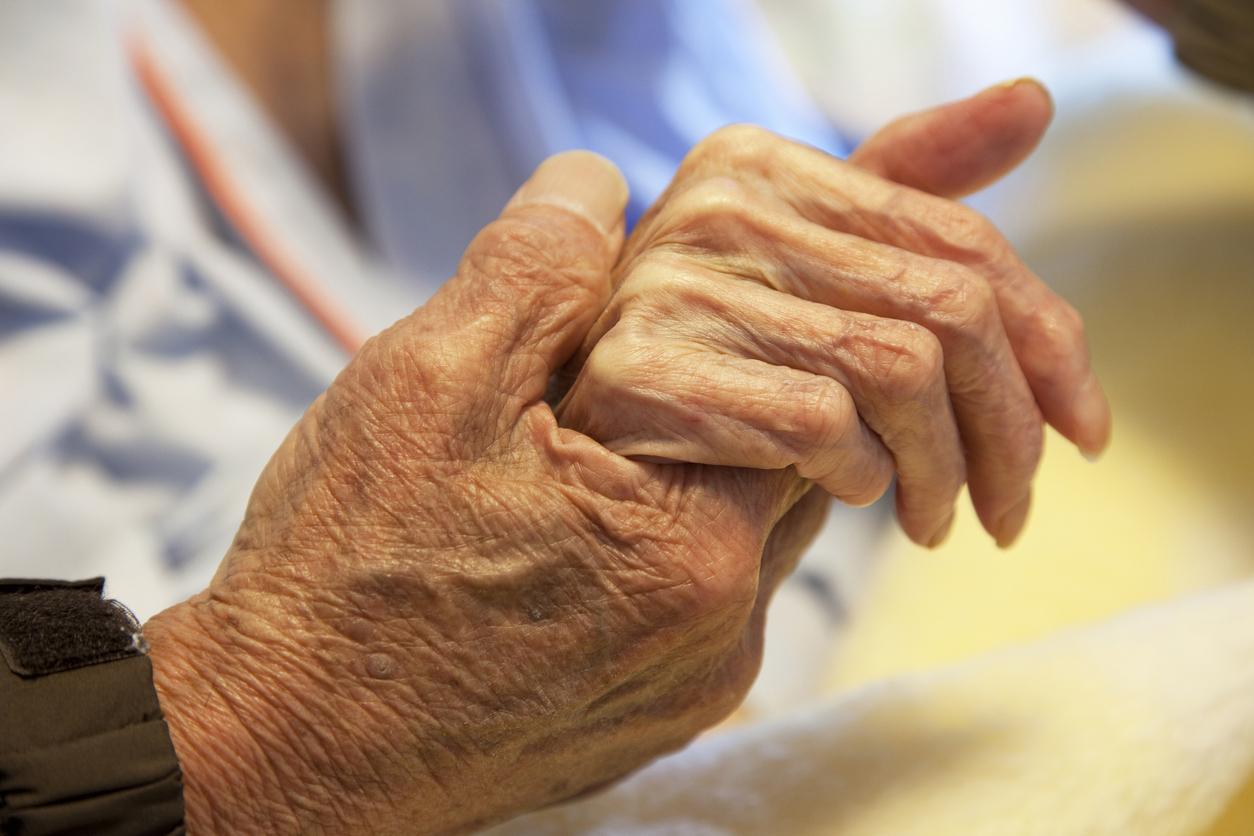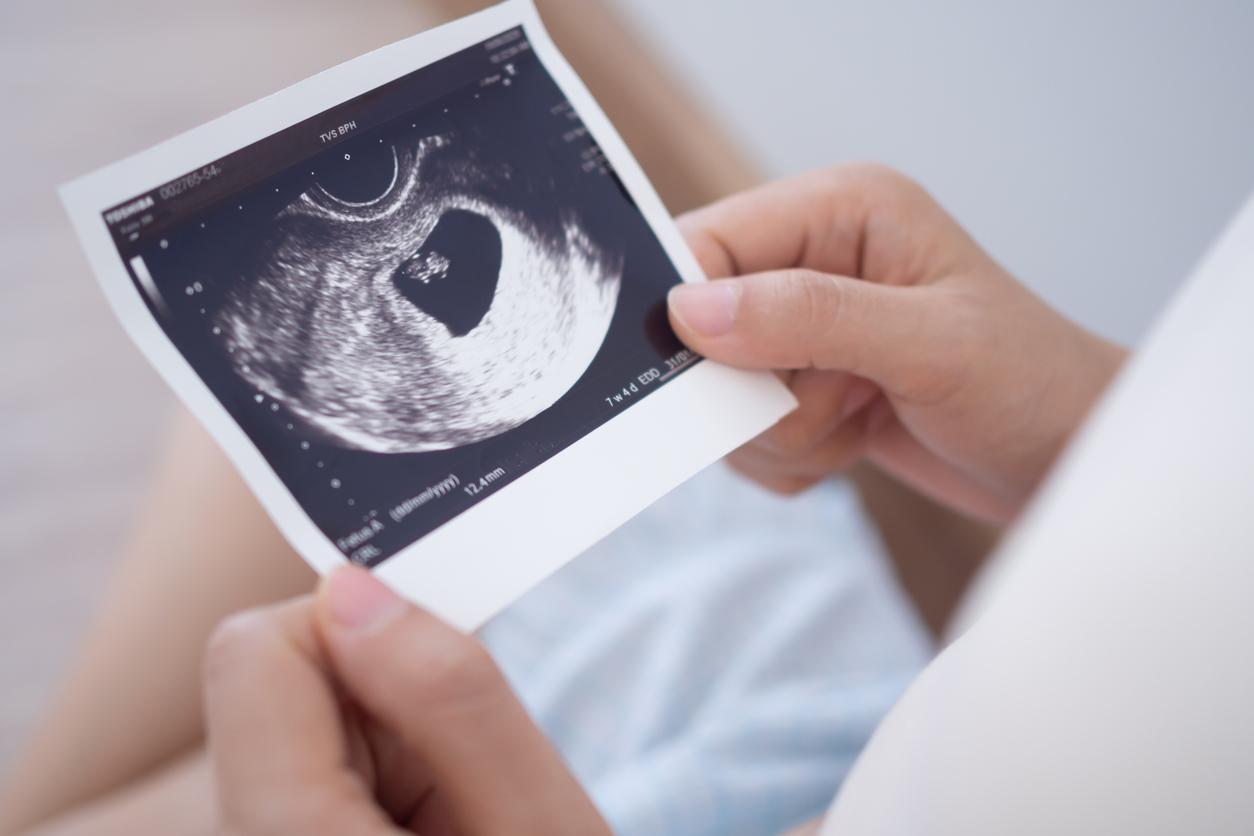Contrary to popular belief, a near-death experience does not lead to major life changes in patients, according to a study from the University Hospital of Liège.

- According to one study, 15% of people who have been in intensive care have a near-death experience.
- The researchers found that one month after discharge, individuals who experienced an NDE were more likely to exhibit dissociative symptoms than those who did not.
- In contrast, unlike popular growths, the near-death experience did not appear to have had a large impact on patients’ quality of life one year later. The researchers found no significant difference between people who had an NDE and those who did not during their hospitalization.
Bright and reassuring light, feeling of floating out of your body, feeling of peace…. There are several accounts of near-death experiences of people whose hearts stop beating within minutes. In popular culture, these events lead those who have experienced them to radically change their lives or certainties. This is not the case according to a study carried out by the University Hospital of Liège.
Near-death experience: 15% of intensive care patients experience it
To find out the consequences of an imminent death experience (EMI) on the quality of life in the short and medium terms, the Belgian scientific team questioned 126 people who had spent more than 7 days in intensive care.
The first week after discharge from the service, the volunteers were administered the Greyson Clinical Rating Scale which measures dissociative experience and the WHOQOL-SRPB questionnaire on spiritual beliefs. Medical parameters were collected prospectively.
Of all the patients questioned, 19 patients (15%) experienced an NDE. That is, he had a score above 7/32 on the Greyson scale.
First observation: the factors associated with NDEs are “mechanical ventilation, sedation, analgesia, reason for admission, primary organ dysfunction, dissociative and spiritual propensities”specify the authors in their article published in the journal Critical Care in 2023. In addition, during these initial interviews, the researchers found that individuals who had experienced an NDE were more likely to present with dissociative symptoms such as being little or not at all sensitive to pain and being uncertain of their identity or feeling increased spiritual and personal well-being.
NDE: no major changes observed one year later
However, the effects of a near-death experience do not seem to persist over time. The participants were contacted again by telephone, one year after their discharge from the intensive care units. In addition to redoing the initial tests, the volunteers answered a health questionnaire evaluating their quality of life and their well-being. And finally, the fact of having almost died and having potentially seen “the after”, had not led to significant changes. “No significant difference was observed between the two groups for all the questionnaires”, conclude the scientists. And this, although NDEs have been so far “reported as transformative and possibly associated with negative emotions”.
Moreover, “cognitive and spiritual parameters outweighed medical parameters as predictors of NDE occurrence”. However, the researchers acknowledge that additional studies with larger cohorts are needed to confirm their findings.













